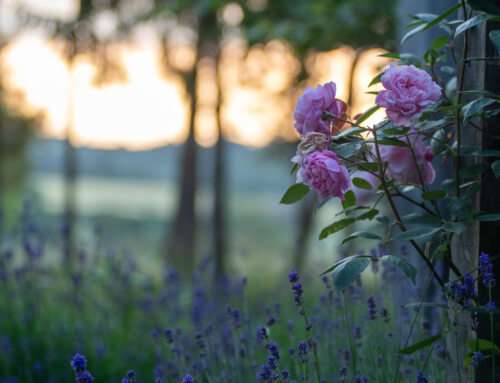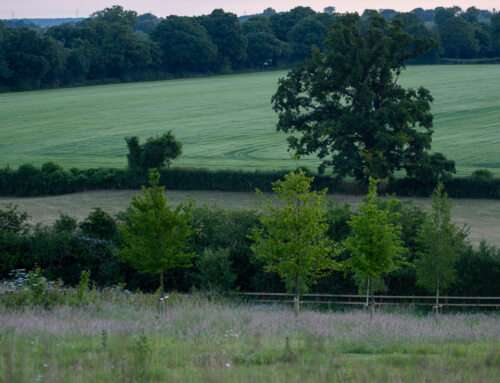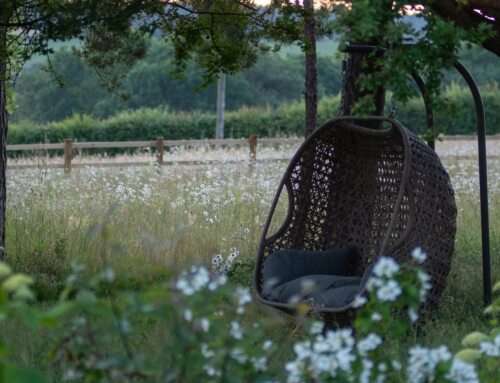Where Conservation is Challenged by Climate Change
As gardeners, we are veterans of the biosecurity threat with more emerging pests and diseases arriving on our shores as each month passes. Last year, Dr Nicola Spence, the Chief Plant Health Officer, delivered a lecture at the Forestry Conference outlining the pests and diseases arriving in Britain to infect our native species. She informed us of longhorn beetle larvae arriving in the UK on bed headboards (imagine!) and similar unexpected and largely hidden threats.
As a nursery, we engaged with Plant Healthy, a standard that ensures good biosecurity throughout our supply chain, and we were early adopters when it was first introduced into the UK nursery sector. If all gardeners were aware of this opportunity to protect our gardens and nature, I would sleep better at night! But the reality is that many of our competitors buy internationally, mostly from Holland, with buying decisions often driven by price. I have often seen Danish trolleys stacked with box plants, riddled with box blight, which are being sold through our national supermarkets across the country. No wonder some of our most beautiful gardens have been jeopardised by this influx of blight and have been destroyed. We have tried all the box alternatives, but the reality is nothing is quite like box. That surely is a celebration of horticulture: every plant is unique and has its own characteristics which are impossible to replicate.

By Liz Nicholson – Managing Director

I recently had the privilege of visiting Vienna to visit the Belvedere Palace where the Baroque gardens are considered amongst the most beautiful in the world. However, the vast grounds were clearly challenging the garden team. Formal gardens rely on our ability to CONTROL nature but in today’s world, nature has become uncontrollable and this was all too evident in this historic garden. There was a sense of loss, a sense of incomplete routine and perhaps a sense of hunger.
The pièce de résistance in the garden is the immense parterre to the front of the palace which had beautifully detailed box knot work. Like all of us, they had been hugely challenged by blight and had lost 80% of it. I can’t imagine the anguish that the gardening team must have felt but the thing I find curious is the decision to replace this failing plant with yet more box. The inevitable result is the new plants look rather sickly and, in fact, they have done that “box turn orange in winter” thing! Peculiarly, the landscape team had decided to embellish the paths with different shades of orange gravel, which did nothing other than enhance the sickly orange tones of the box. Altogether, it felt really misguided and I sincerely doubt will ever deliver the original design intended for this space. The garden team at Belvedere are not alone though as we all face new normals and don’t have historic data on which to make future decisions – we are “off map.”
See picture below for orange gravel and orange box and the black-and-white version to show the potential beauty of this incredible garden.
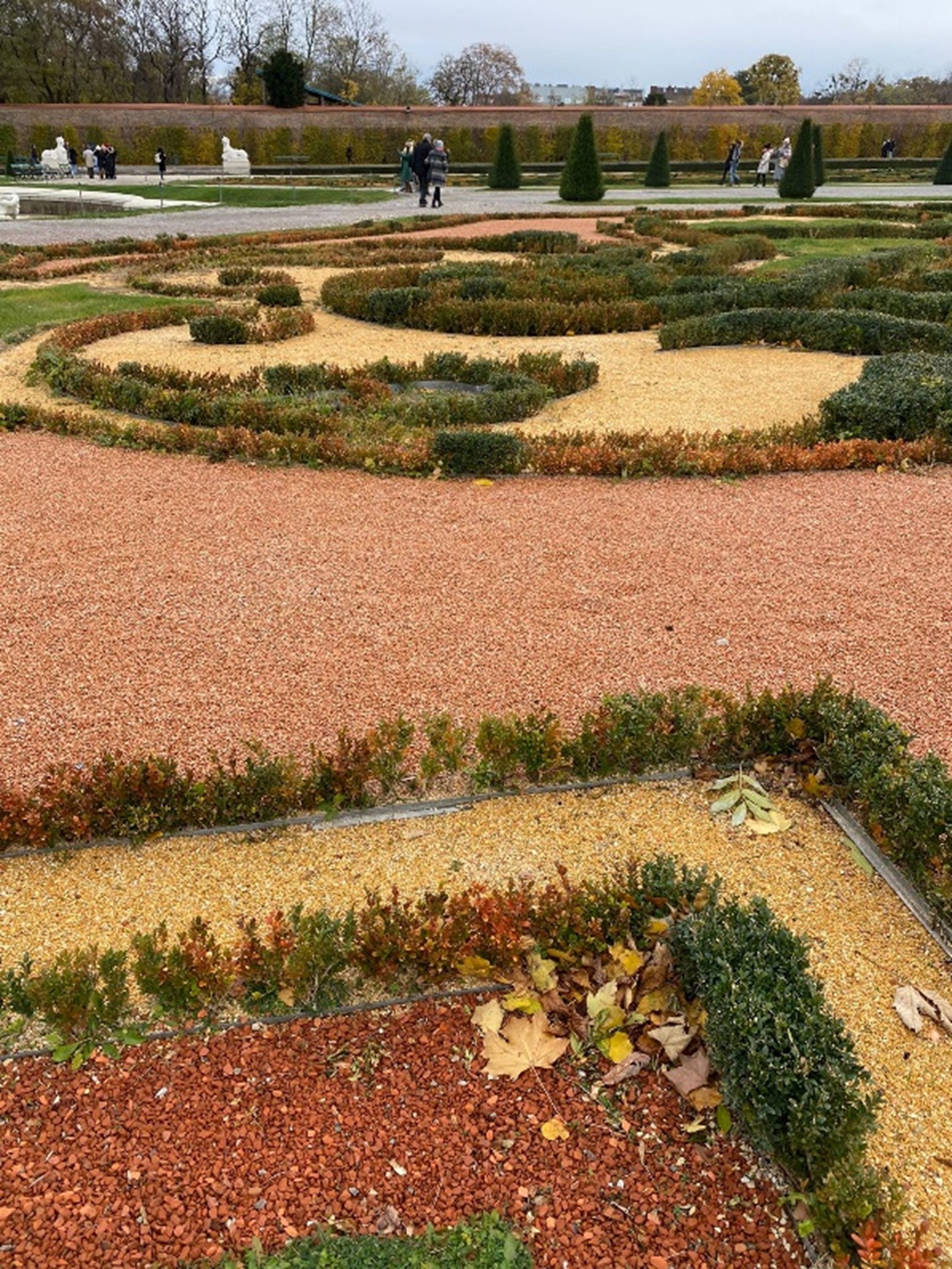
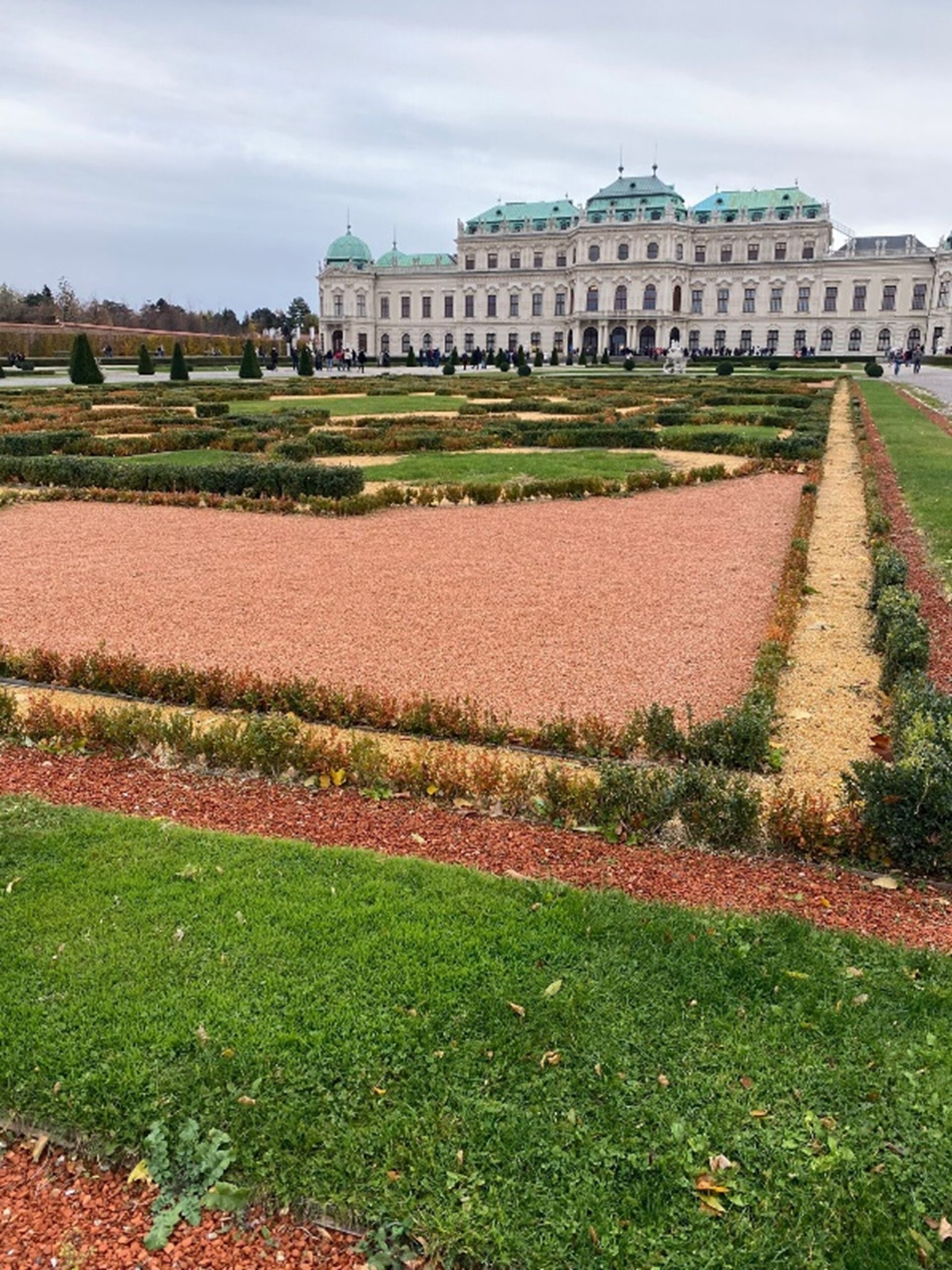
This experience at Belvedere made me consider our home shores and some of the challenges we face. Nicholsons have neither sold nor advised or designed with box for the best part of a decade as we want to future-proof and protect our clients’ gardens. We have worked hard to develop options and have had some success with Lonicera nitida (but it grows too quick) and Euonymous which does have a useful place.
Moreover, I believe that it is time to take an innovative approach to gardening …less clipping nature to deliver what humans want but more choosing plants whose natural form can be celebrated and they can thrive uninterrupted by secateurs and pesticides.
Extending this nature threat to our woodlands, I wonder what will happen to many of our ash woodlands? As ash dieback takes a firm hold across the UK, I find it naive to simply wait and see. Ash will fail in the larger part and the majestic beauty of these woodlands will be reduced to dead wood and invasive species like bramble. We will compromise the shade-loving botanical diversity in the understorey if we let the high canopy fail.

We are working hard with Natural England and the Forestry Commission to find a pathway to protect these wonderful woodlands and ensure that new species are introduced to develop the deciduous tree canopy that gives dapple shade. Nobody knows the perfect solution but bodies like the Wildlife Trust, Nicholsons, the Forest Canopy Foundation and DEFRA are working very closely together to try and bring best outcomes to these vital, beautiful woodlands.
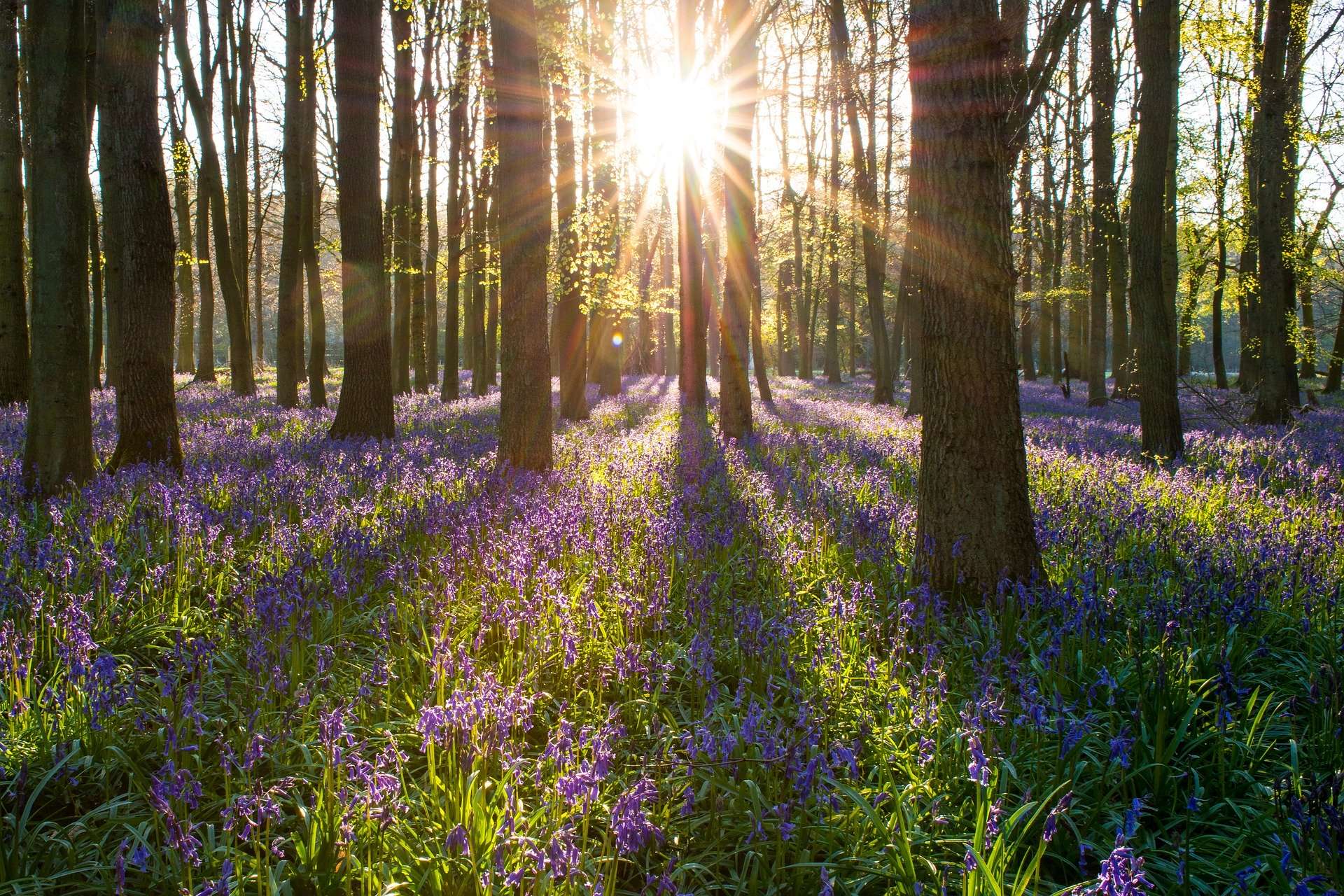
You may have read in the national press that woodlands are in the most decline and at risk. It is imperative that we continue to plant trees and look after our existing woodlands to ensure that we retain nature and all that she offers in the current challenging climate. Trees, in my view, remain the most effective natural carbon store, yet we are one of the least afforested nations compared to Europe.
What is my point? Conservation has a compromised place where our activities have altered the climate in which we operate. Therefore, the premise of conservation, the careful preservation and protection of something, needs to become guided evolution. Humans have interrupted nature so must guide the solutions in a proactive, responsible and creative way.

